In consultation with workers and their representatives, employers must:
- identify the hazards
- assess the risks (if not already known)
- control the risks
- monitor and review control measures.
Throughout the risk management process, employers should take into account any characteristics of the workforce that might influence risk, including the age of their workers.
The importance of consultation
Employers have a duty to consult with workers (including young workers), and their health and safety representatives if they have them, on health and safety.
Workers must be consulted when identifying hazards and assessing hazards and risks, and when making decisions about control measures. They must also be consulted on changes that could affect their health and safety, including when controls are being reviewed.
Consultation requires sharing information, giving workers a reasonable opportunity to express views and taking those views into account before making decisions.
You may need to adapt your consultation processes to ensure they effectively engage young workers.
Ways employers can manage WHS risks to young workers
- Show workers the importance of WHS: this will help them form positive attitudes to WHS that can last throughout their working lives.
- Educate workers on WHS: make safety part of the conversation. Highlight to workers the importance of raising health or safety issues in the workplace and how to raise concerns.
Foster a positive workplace culture: create a culture where young workers feel confident asking questions and are empowered to speak up. - Tailor training to the worker’s age and experience: pace training over a few weeks rather than the first few days. Ask workers questions to check they understand the instructions and have workers demonstrate tasks to check they can competently follow safety procedures.
- Check in with young workers: continue to informally check in with young workers. Observe workplace interactions or any behavioural changes which may indicate they are facing problems at work. Consider implementing systems outside of formal supervision, such as a mentor or buddy system linking young workers with more experienced workers as another avenue for young workers to have conversations or direct questions.
